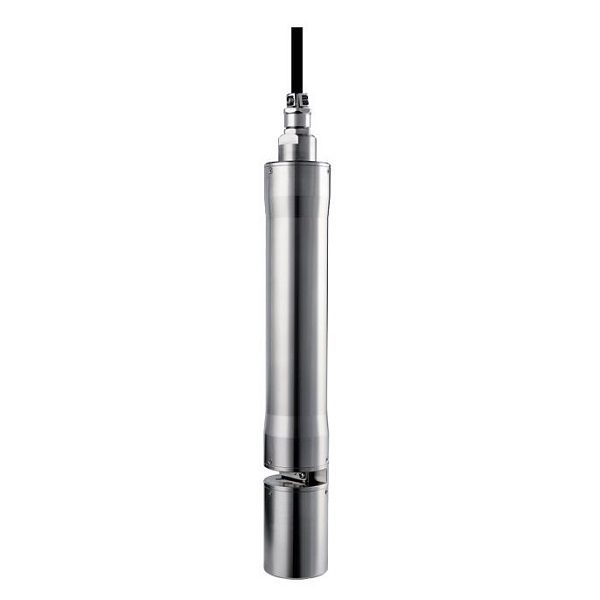The Role of Water Quality Sensors and their Different Features!
Body

Water quality sensors are devices used to measure various parameters of water, such as temperature, pH, dissolved oxygen, turbidity, conductivity, and many more. These sensors play a vital role in maintaining water quality and ensuring the safety of water for human consumption and other uses. In this article, we will discuss the role of water quality sensor and their different features.
The Role of Water Quality Sensors
Water quality sensors are essential tools for measuring various water parameters and detecting any changes that may indicate water quality issues. The primary role of water quality sensors is to monitor water quality and provide accurate data on various water parameters.
Ensure the Safety of Drinking Water
One of the critical roles of water quality sensors is to ensure the safety of drinking water. These sensors can detect contaminants such as bacteria, viruses, and chemicals that can be harmful to human health. By continuously monitoring water quality, these sensors can detect any potential issues before they become a health hazard.
Monitor Water Quality
Water quality sensors are also used in industrial applications to monitor water quality and ensure compliance with regulations. For example, in wastewater treatment plants, water quality sensors are used to monitor various parameters such as pH, turbidity, and dissolved oxygen to ensure the water is treated to the required standards before it is released into the environment.
Different Features of Water Quality Sensors
Water quality sensors come with various features depending on their intended use. Here are some of the different features of water quality sensors:
Parameter Monitoring
Water quality sensors can monitor various parameters such as pH, dissolved oxygen, turbidity, and conductivity. Some sensors can monitor multiple parameters simultaneously.
Data Logging
Water quality sensors can log data over time, allowing for trends to be observed and analyzed.
Remote Monitoring
Some water quality sensors can be monitored remotely through a computer or mobile device, allowing for real-time monitoring and alerts.
Calibration
Water quality sensors require calibration to ensure accurate measurements. Some sensors come with automatic calibration features to make this process easier.
Durability
Water quality sensors are often exposed to harsh environmental conditions, so they need to be durable and able to withstand different types of environments.
Conclusion
Water quality sensors are essential tools for monitoring and maintaining water quality. They play a vital role in ensuring the safety of drinking water and compliance with regulations in industrial applications. The features of water quality sensors vary depending on their intended use, and it is essential to choose the right sensor for the job. By using water quality sensors, we can ensure that we have access to safe and clean water for our daily needs.






Comments